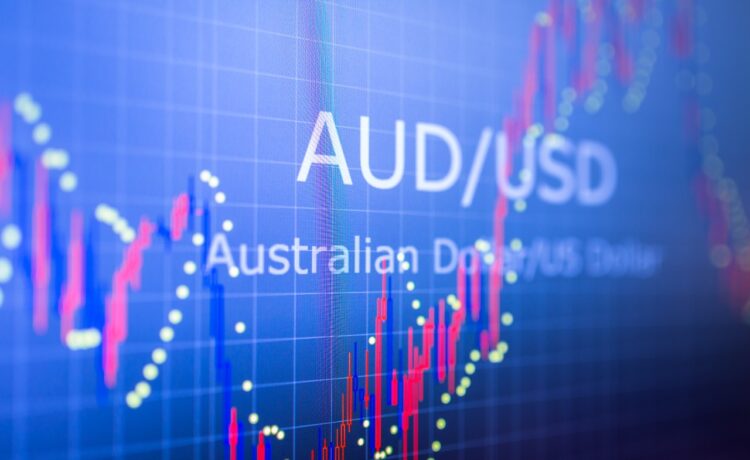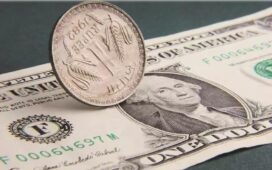AUD/USD retreats from highs
AUD/USD closed higher last week at 0.6544 (+0.47%), marking its third consecutive weekly gain.
The pair was supported by upbeat risk sentiment following the US-China trade truce, strong US corporate earnings, and last Wednesday’s hotter-than-expected Australian third-quarter (Q3) inflation report, which propelled AUD/USD to a three-week high of 0.6617.
However, AUD/USD gave back much of those gains after a hawkish surprise at Thursday morning’s Federal Open Market Committee (FOMC) meeting. Federal Reserve (Fed) Chair Jerome Powell stated that a December rate cut was ‘not a foregone conclusion’, strengthening the US dollar against most major pairs heading into the weekend.
This sets the stage for tomorrow’s Reserve Bank of Australia (RBA) interest rate decision, previewed below.
RBA interest rate meeting
Date: Tuesday 4 November at 2.30pm AEDT
At its last meeting in September, the RBA kept the official cash rate on hold at 3.60%, as widely expected. The board’s decision to maintain rates was unanimous.
The RBA noted that ‘recent data, while partial and volatile, suggest that inflation in the September quarter may be higher than expected at the time of the August Statement on Monetary Policy’.
This proved accurate. The Q3 inflation report released last week showed both headline and trimmed mean measures materially exceeding forecasts:
- Headline inflation: rose to 3.2% year-on-year (YoY), up from 2.1% previously – well above the RBA’s 2 – 3% target midpoint.
- Trimmed mean inflation: the RBA’s preferred measure, increased to 3.0% YoY from 2.7%, marking the first uptick since December 2022 and placing it at the upper bound of the target band.
Following the inflation overshoot, the RBA is widely expected to keep rates on hold tomorrow at 3.60%. The statement is likely to include upward revisions to both the unemployment rate and inflation rate (trimmed mean for the fourth quarter of 2025 from 2.6% to 3.0%).
However, with downside risks emerging from a cooling labour market, the RBA will likely reiterate its data-dependent stance and emphasise that monetary policy remains restrictive – leaving the door open for rate cuts if labour market conditions deteriorate.
The Australian interest rate market is pricing in less than 2 basis points (bp) of easing for tomorrow’s meeting, with the RBA’s next 25 bp rate cut not expected until June 2026.





